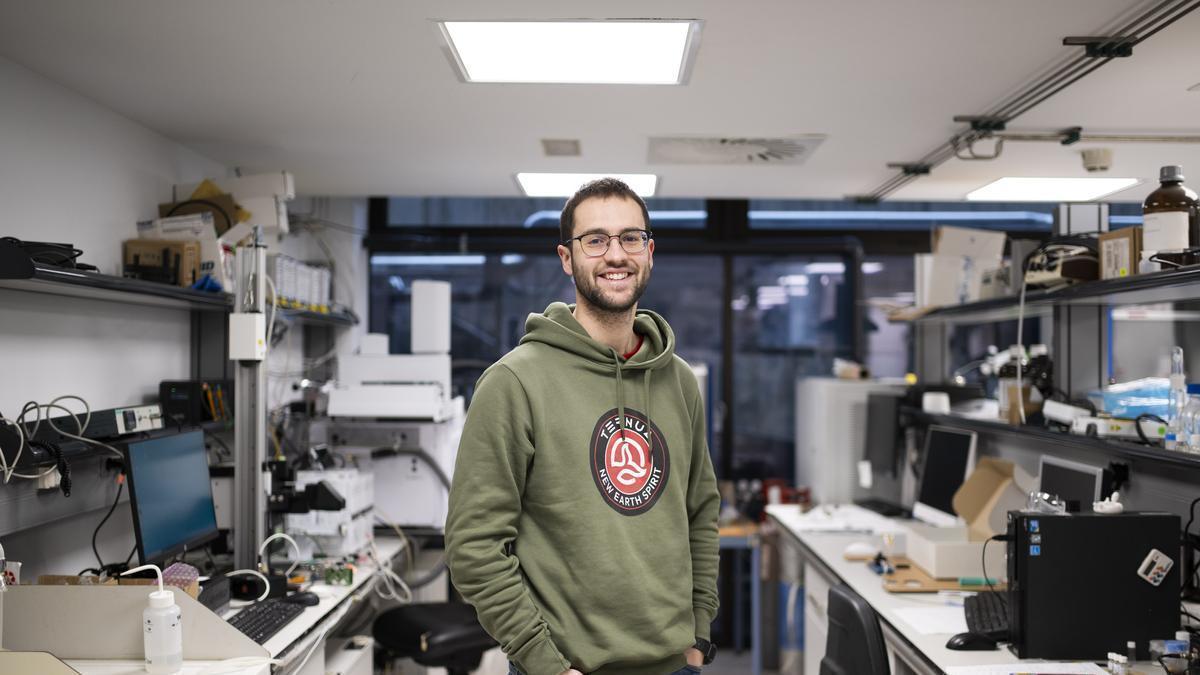A researcher from the INAMAT2 Institute at the Public University of Navarra (UPNA) in Spain has managed to transform carbon dioxide (CO2) into renewable methane (CH4) using sunlight as a source of energy.
His work, the result of his doctoral thesis, represents an advance in the research of CCUS technologies (carbon capture, storage, and utilization). These are fundamental technologies for reducing emissions in sectors where decarbonization is particularly challenging, such as the cement industry, aviation, or maritime and road transport.
Part of the results of his thesis have been published in the journal Applied Catalysis B: Environment and Energy.
Efficient and sustainable conversion of CO2
The efficient and sustainable conversion of CO2 using sunlight analyzed in this thesis opens a pathway for the production of clean fuels, such as methane that can be used as an alternative to natural gas.
“My thesis aims to take advantage of CO2 as raw material and a source of carbon for the synthesis of fuels like methane,” says Mikel Imizcoz, the author of the work.
The obtained methane could be used as a neutral substitute for natural gas emissions since this fossil fuel contains between 83 and 97% methane, depending on the reservoir.
Thus, renewable methane could be used, for example, as fuel in thermal power plants, generating carbon-neutral emissions since the CO2 generated in combustion would be the same as captured and previously used as raw material for fuel synthesis.
Renewable methane could also become a key element in road transport due to its potential applicability in diesel engines.

The Sabatier reaction
To transform CO2 into CH4, the Navarrese chemist studied in his thesis the Sabatier reaction, a process proposed for the first time in 1902, in which carbon dioxide combines with hydrogen (H₂) to produce methane and water.
This methane can only be considered as a clean fuel if the CO2 is obtained from capturing an emitting source and the hydrogen comes from water electrolysis with renewable energy.
For the Sabatier reaction to take place, in addition to carbon dioxide and hydrogen, the use of a heterogeneous catalyst is necessary to facilitate the interaction between gas molecules and accelerate the chemical reaction. Also, to initiate and sustain the reaction, energy must be supplied to the system.
“One of the main novelties of this research, proposed from the beginning, has been that the energy source needed to initiate and sustain the reaction had to be, at least partially, sunlight,” Imizcoz points out.
Thus, the researcher worked in a novel discipline called photo-thermocatalysis.
“Photo-thermocatalysts are characterized by harnessing all the energy from the sun to heat up —thermochemical contribution— and/or to induce electron excitation —photochemical contribution— so that both processes favor the chemical reaction. Distinguishing these two processes when the catalyst is illuminated is very convenient to improve its design, and this has been one of the main objectives of the doctoral thesis,” describes the researcher, who has developed a method to differentiate the photochemical and thermochemical contributions of this process.
Transforming carbon dioxide into fuel in a real environment
As a final proof of concept, the catalysts, based on ruthenium and nickel, were exposed to concentrated sunlight to carry out the Sabatier reaction.
Thus, methane was produced from carbon dioxide without the need for additional energy input to reach the reaction temperature, which is normally done by additional heat.
In this way, the researcher demonstrated the applicability of these catalysts in real lighting conditions: he took to the streets to carry out the chemical reaction using sunlight as the sole source of energy.
Have you visited our YouTube channel yet? Subscribe now!

